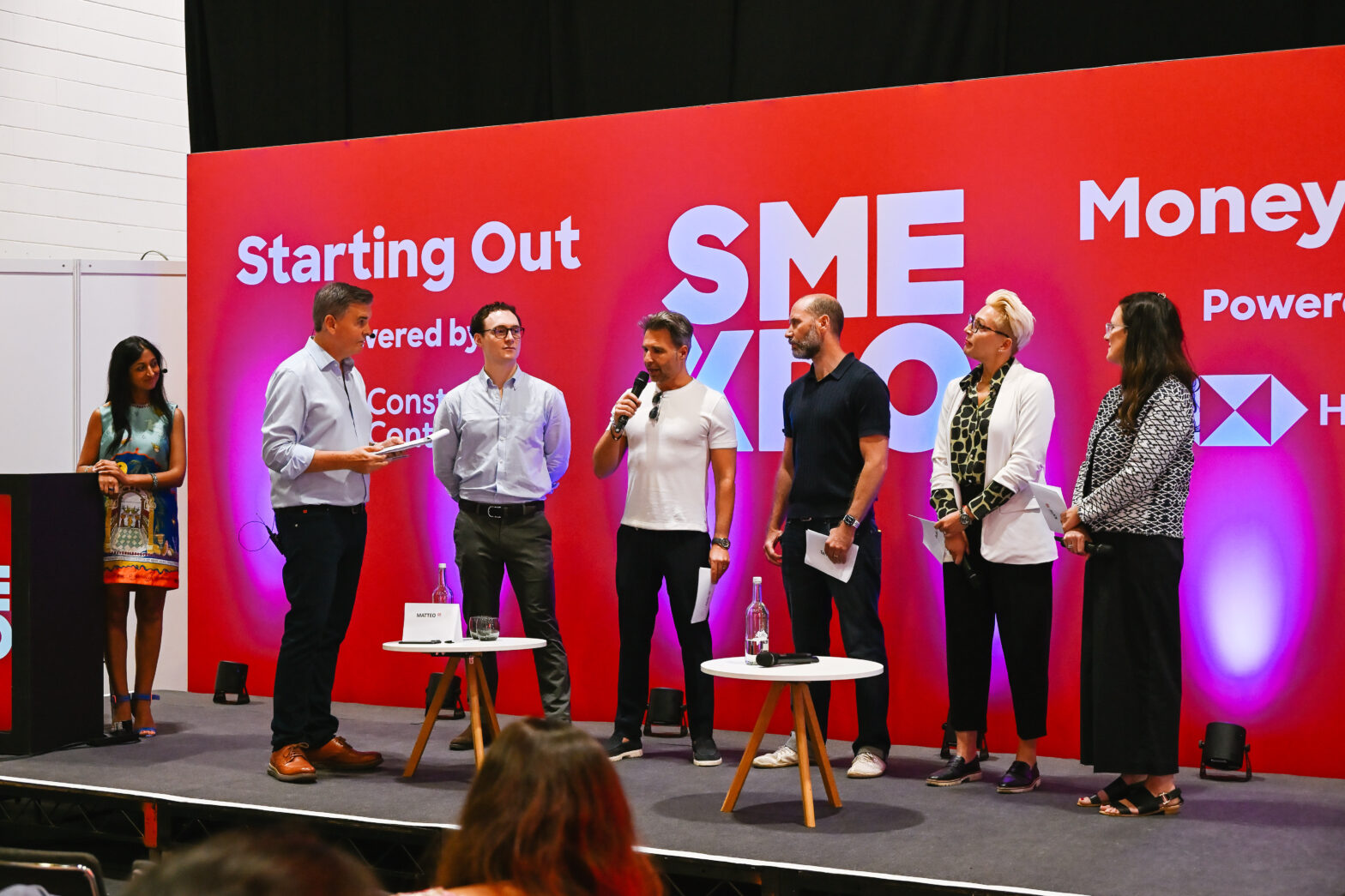I moved from New York to London in 2012 to take over Artfinder, the art marketplace. I had just left a high-end art start-up and I was looking to move back to my native Europe, ready for a new challenge.
The company was two years old and the business model was to create a database for all the art in the world, then monetise that by selling posters, plus advertising revenue on the site, which was quite content-heavy.
Although ‘we’re going to build a database of all the art in the world’ was an exciting ambition, and a great business pitch, what happened was something that you see so often with start-ups; a great pitch isn’t the same thing as a great product, or a great business.
Despite a talented, experienced team of 20 full-time staff, the company that I joined was burning through cash quickly and with so many huge, low-margin competitors out there for poster sales, we knew that we had to fundamentally change the business model; firstly, if we were to have any hope of creating a successful business, but also, because it is a start-up’s job to create something new through innovation. We weren’t going to get there by printing posters.
Talking to your users
We started by talking to the users we already had, to establish what we already knew. The biggest thing we learnt was that below a certain price point, ie what most people would consider ‘affordable’, is that given the choice between a poster and an original painting, most people wanted an original painting or a handmade print or sculpture. Why spend a few hundred pounds on a limited edition print, that anyone can see cost less than £10 to print, even if it is signed by a famous artist, when for the same price you could buy an original oil painting? (Albeit from a ‘not famous’ artist). What was actually important to our users was the fact that they could buy a handmade object, and also the ability to connect directly with the artist; they wanted something real, made by a person they could talk to – connections and stories.
Armed with that information, we realised what we had to build was not a database, but a community. Instead of selling posters of famous art, we should sell original art made by the eight million independent artists in the world, currently struggling to make a living from their work. They should be able to manage and run their own shops on the site; to set their own prices, chat to their own customers, build their own relationships – with each other, with their customers and with us. What had felt like a business that sold ‘stuff’, suddenly started to feel like a living, breathing, growing organism.
And although that change sounds like semantics, the reality of a pivot is always difficult. At the time you don’t honestly know whether the new path will be any more successful than the old path, and you are closing down an idea that so many people believe in, that so many people have made sacrifices for. But what you do know is that every step further you take down the old path is a step towards failure.
Making the tough decisions
Late 2012 and early 2013 we went through some seismic changes, including scaling back from 20 staff to a core team of five and changing the business model from the catalogue of famous art to a marketplace connecting independent artists with art lovers all over the world. We kept some of the original people to keep momentum going, but we needed to make sure that we were keeping the people that truly believed in the new idea and the new direction. We knew that if we carried too much luggage, it would be very difficult to make a significant change. Most pivots that fail, fail because they aren’t pivoting – they’re still holding onto the original idea. All the old investors were ‘washed out’ and new ones brought onboard.
When we relaunched we were careful to articulate that the company has more in common with ‘share economy’ businesses such as AirBnB and Etsy than it does with ‘traditional’ art businesses that have moved into the online space. We’ve also focused on making our product, and the experience for our user, the very best it can be.
Our buyers are looking for handmade pieces at a price they can afford; they most likely don’t identify as ‘art collectors’, they’ve mostly never bought art before, and aren’t likely to buy to make the leap from Artfinder up to buying something at a high end gallery. They don’t go to art museums on a weekend, they go to IKEA.
With that idea as our cornerstone we quickly grew from 14 artists to just over 9,000. And with it we saw orders increase day by day, and our turnover start to grow quickly too. Fast forward three years and we’ve just secured a new round of funding for $2.2 million and brought on a new investor who was heavily involved in the development of Amazon Echo. We’ll use the money to invest heavily in our tech, which is another point that differentiates us from our competitors, and we’re also about to open an office in the US, which is our fastest-growing market.
It’s never easy to pivot, but in the end it is excellent execution, not excellent pitches that win.
Jonas Almgren is CEO of Artfinder.





